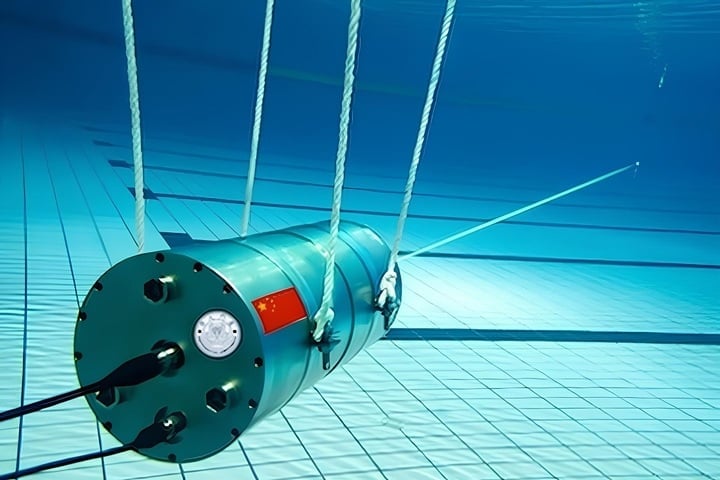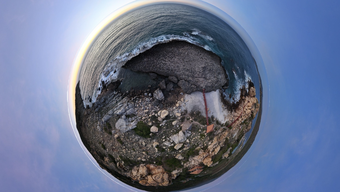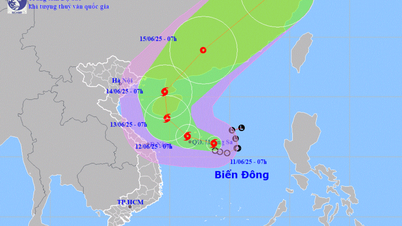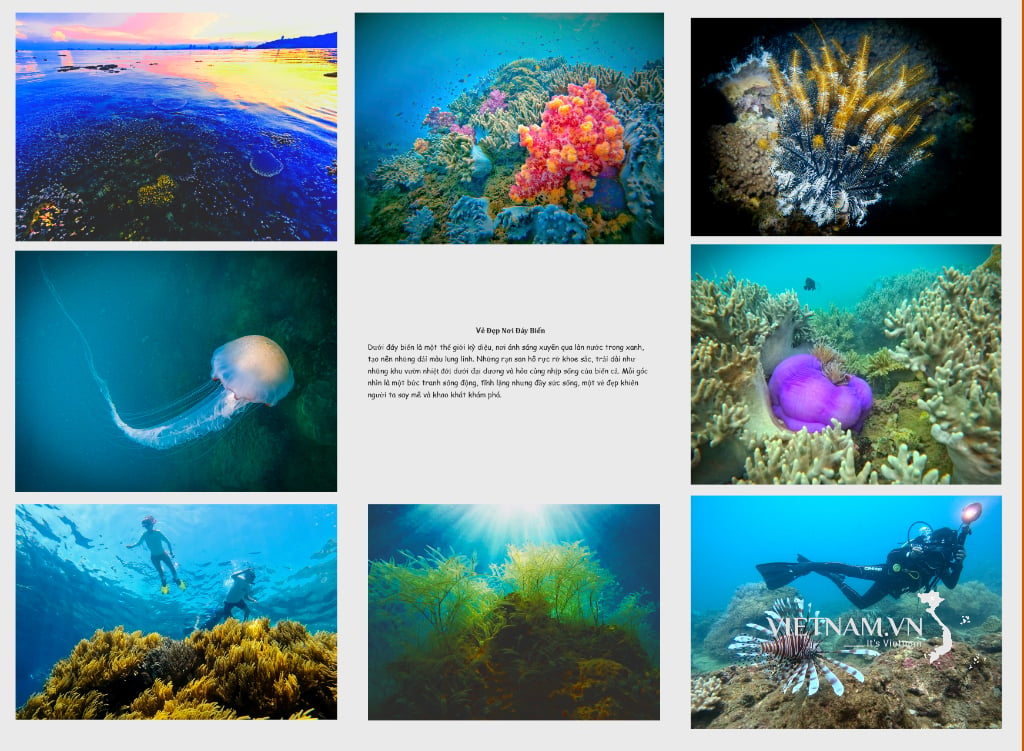In an article published in the international journal Applied Optics, Chinese scientists introduced radar technology that can detect objects at great depths with astonishing clarity, to the point of being able to "find a needle in a haystack".

The Raman photon lidar system developed by Chinese scientists has significant potential in early detection of oil spills and other underwater applications. (Photo: Xiamen University)
Accordingly, the research team of Associate Professor Thuong Quan Minh Gia at Xiamen University (Fujian province, China) announced the world's first single-photon Raman lidar system, capable of operating at a depth of 1,000 m below sea level.
Lidar, short for "light detection and ranging," is a technology that uses lasers to measure the distance to objects.
The high-sensitivity, low-noise single-photon detector overcomes the significant size and power consumption challenges of ocean lidar systems and is also suitable for low-light conditions.
Meanwhile, Raman scattering — a phenomenon in which laser light interacts with materials to create vibrational changes — helps identify substances like oil and dissolved CO2.
In addition to its ability to detect oil spills early, the system also shows great potential in detecting and identifying materials in complex aquatic environments, with applications in ocean surveys and deep-sea resource exploration.
According to the paper, the team's experiments were conducted using a cylindrical radar 40 cm long, 20 cm in diameter, and consuming less than 100 watts of power.
Researchers say the radar successfully detected underwater oil spills from a distance of 12 meters using just a 1-microjoule laser pulse and a 22.4-mm telescope.
Optica, a professional association in the US, this system has significant application potential in underwater material identification, coral detection and manganese nodule exploration.
In addition, this technology is capable of taking high-resolution laser images of small underwater targets, so it can be applied in underwater archaeology, structural inspection and military fields such as reconnaissance and submarine detection.
In the paper, scientist Shangguan Mingjia said the team's next plan is to develop another underwater Raman lidar system that uses shorter wavelength lasers, such as blue lasers, to reduce the influence of chlorophyll fluorescence from marine plants.
Mr. Shangguan's team has focused on developing underwater single-photon lidar technology for the past three years, creating various lidar systems and registering 50 invention patents in China and one patent in the US.
According to an official report from Xiamen University, the team's radar technology is capable of detecting the optical properties of water, water particle configuration, bubbles, water depth, oil spills, etc.
“Such radar systems have been integrated into Xiamen University’s research vessel Jia Geng, autonomous underwater vehicles (AUVs) and unmanned aerial vehicles (UAVs), playing an important role in marine surveying, deep-sea resource exploration, environmental monitoring, as well as underwater target imaging and identification,” the report said.
Source: https://vtcnews.vn/radar-trung-quoc-co-the-mo-kim-day-bien-ar912718.html





































































































Comment (0)